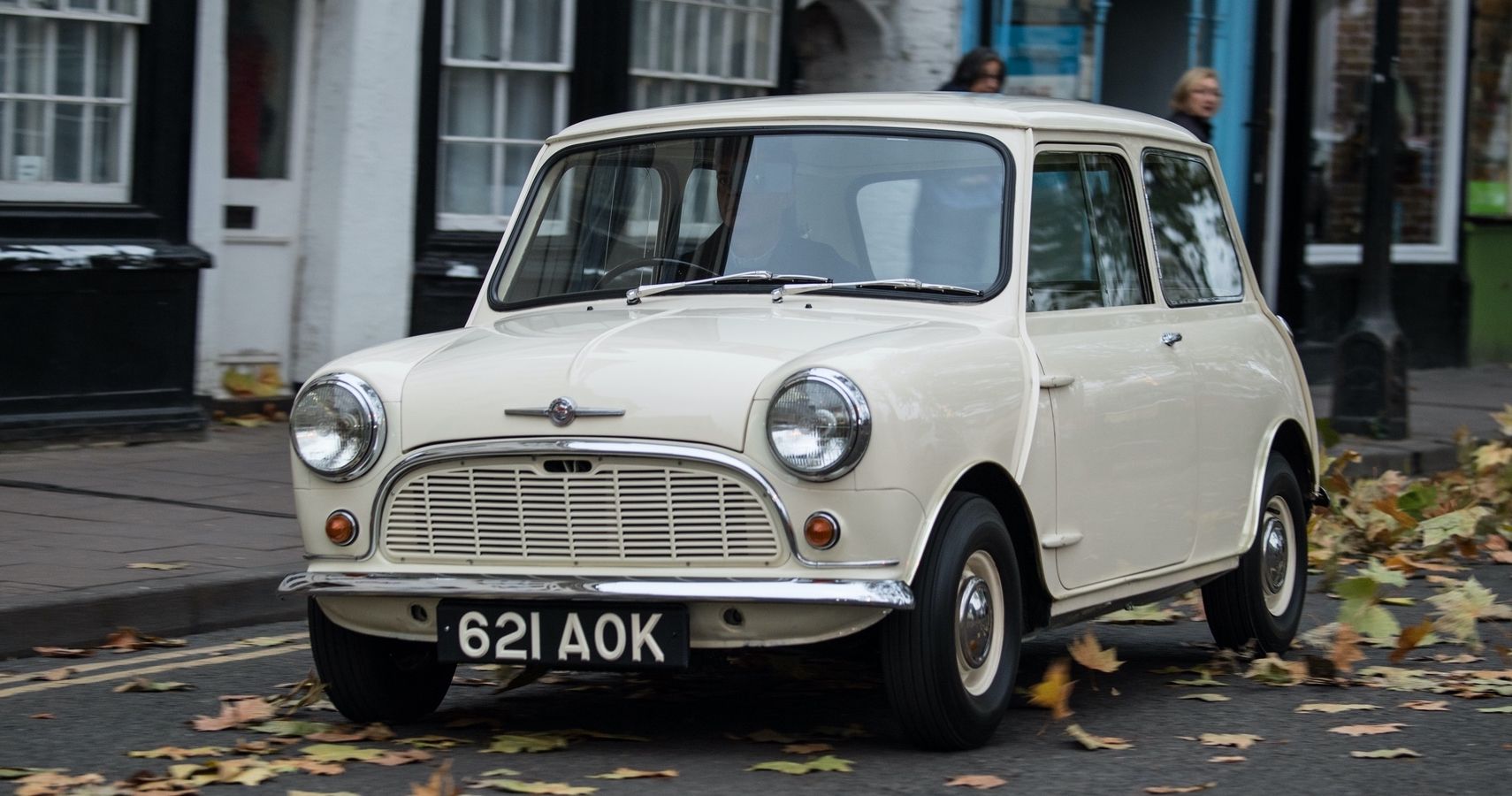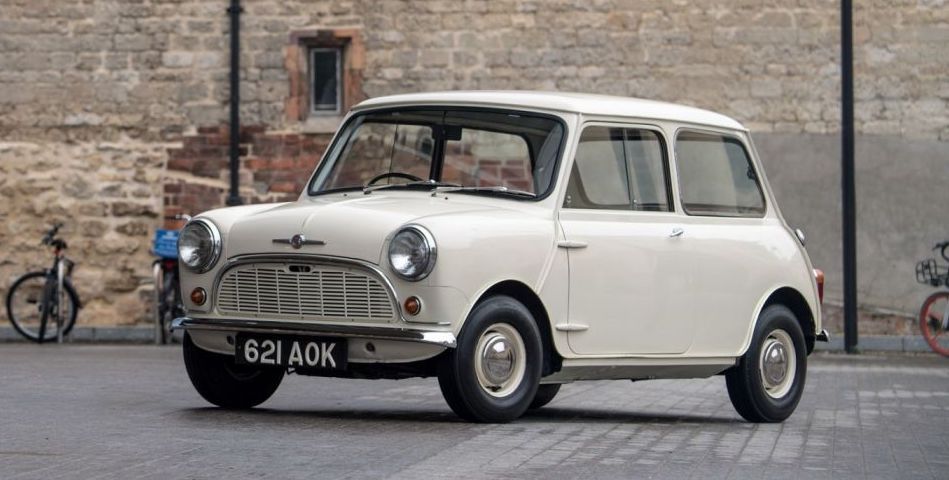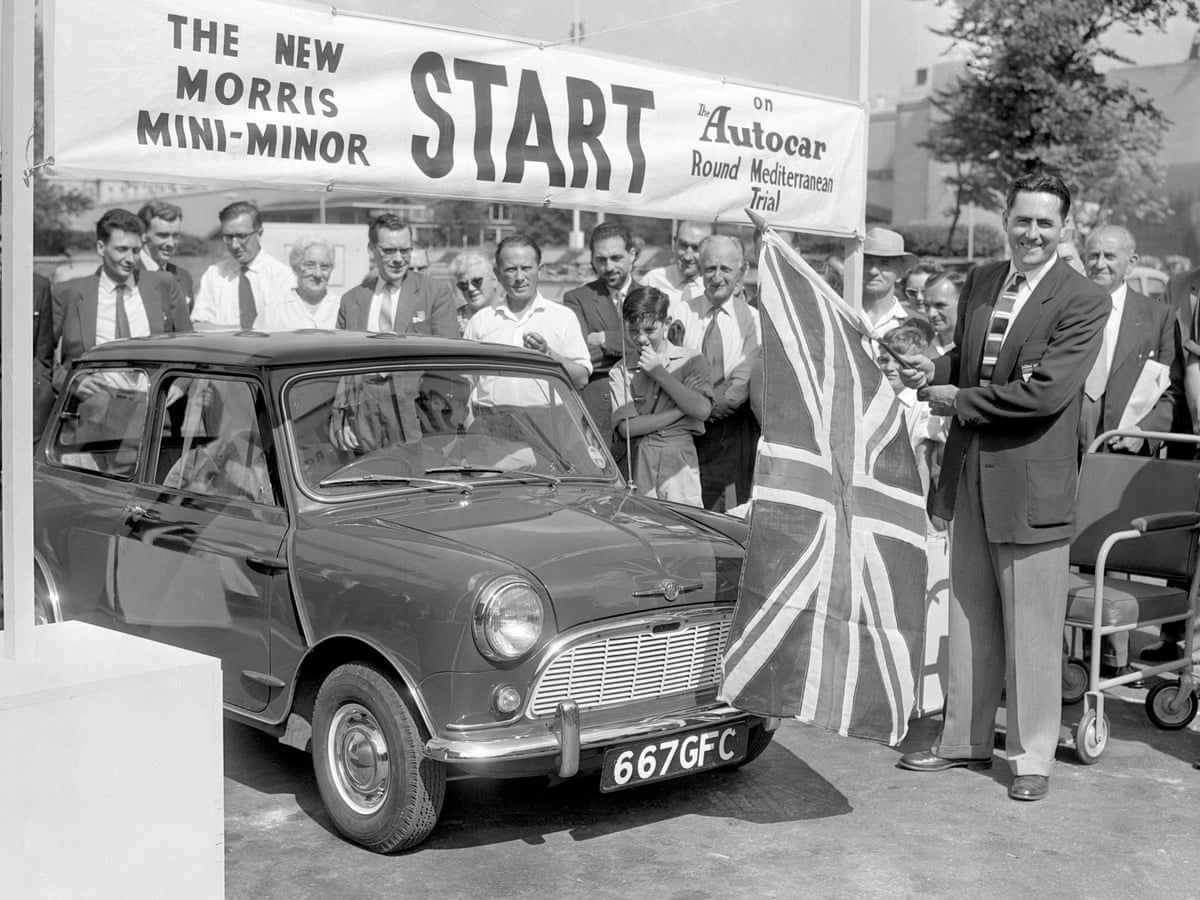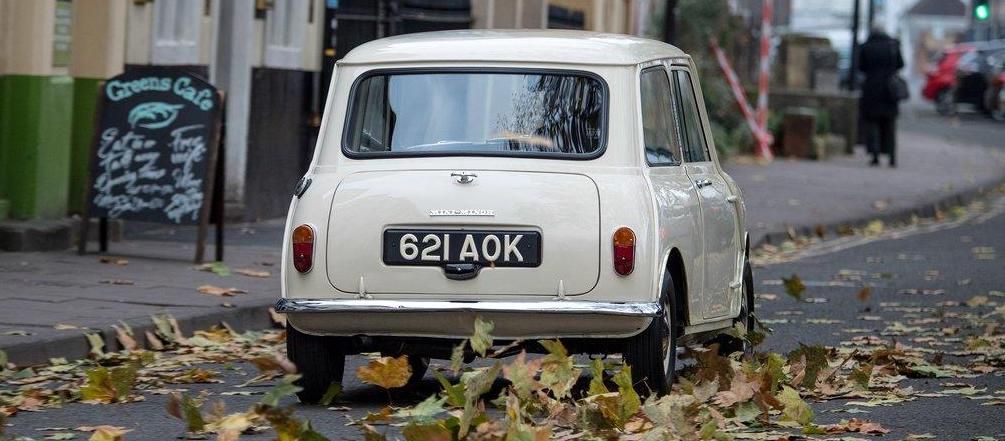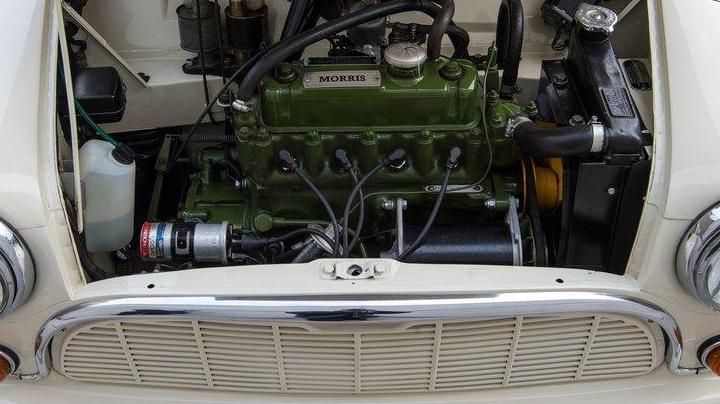In 1959 the British Motor Company would produce something that changed the way the world would look at this little island. The Morris Mini-Minor was the result of the current environmental and political state: it was a car that was as much a sign of the times as it could be.
The Mini is synonymous with the Union Jack, a true British staple, it's the vehicular equivalent of fish and chips or a roast dinner. It went on to win the hearts of a nation and marked itself in history as one of the most popular British cars of all time.
Mini's are still being made today, and remain a staple of British car culture. So, let's take a look back at where it all began and how the Mini Morris Minor became to be the little legend that it is today.
The Original Mini
It was 1959 and the Suez fuel crisis was looming large and the British industry had just recovered from the horrors of WW2. Car manufacturers all over the world began ditching the gas-guzzling V8 lumps and switched their focus to economical city cars.
With this push and demand for small, efficient, and most of all affordable cars, this era would produce some amazing little cars. Importing the likes of the Fiat 500 was too expensive and uncommon in that era, so Britain had to respond with something. The result would go on to be the most iconic small car ever; the Mini.
The first mini was built by the British Motor Company after Leonard Lord, head of the BMC, decided to create a small and cheap city car for daily driving called the Mini. Lord employed a designer named Alec Issigonis who had the job of designing a car that would fit Lord's demands. It needed two doors, space for four people, and could be contained in a box measuring 10×4×4 feet.
The first Mini came with a nippy four-cylinder engine with front-wheel drive and a four-speed manual gearbox. The engine design was tweaked several times from the early prototypes, meaning that the performance of the final car was far greater than its price and purpose required, reaching a top speed of over 90mph. Due to this, the engine size was reduced to 848cc which in turn reduced the power output from 37HP to 33HP.
In 1959 the mark I Mini was born. It was unveiled to the press in April of 1959 and by August a few thousand cars had been build ready for delivery to customers and dealers through August 1959. Marketed under BMC's two main brand names, Austin and Morris, the Morris version was known to all as "the Mini" or the "Morris Mini-Minor".
Legendary Status Of The Mini
While the mini would go on to become an icon of the '60s, the car's main feature was that it was the perfect product of its era and Sir. Alec Issigonis nailed the design at a crucial time. The car had a wide track to increase interior capacity, but this also had another side effect, it handled great. The mini was more than capable of being thrown around the English country lanes and whilst still being able to take on motorway journeys too.
The Mini Morris Minor was a game-changer, London traffic is infamously bad, and it was still the same case in the '60s. The mini's compact nature meant that it was nimble and to zip around town and had the benefit of squeezing in most parking spaces. The streets of the English capital were flooded with Mini's by the end of the decade.
One of the most innovative things that the mini did for car production, in general, was mounting the engine sideways. Transverse mounting as it is now commonly known is the most efficient use of space when making a compact car, the mini was the first to do this and revolutionized compact cars forever.
Along with technical innovation, the mini made a real name for itself after the British Motor Company prepared some cars to compete in the Monte Carlo Rally of 1961. There was no internet in the '60s and the public in the continent hardly knew what this little Mini was. BMC used this as a chance to show continental customers what the little car was capable of.
The Mini went on to become an absolute icon of popular culture in the 1960s, as celebrities and pop stars were often seen whizzing around London behind the wheels of them. While that was what got the ball rolling, the main factor was the Mini was an almost perfect design built at exactly the right time. It was a small, inexpensive, but also a fun car that was full of character.
The original Mini was in production for 8 years until 1967, it then made way for the Mark 2 Mini, which had help from racing legend John Cooper, and Mini becoming their own company. By the end of production, mark 1 sales strengthened across the board and over 1,190,000 had rolled out of the Oxford factory.
No small car is as iconic as the Mini, from Mr. Bean's adventures to Micheal Cain in "The Italian Job", it is a true staple of British culture. the Mini revolutionized the motor industry, it made manufacturers realize that bigger isn't always better.

